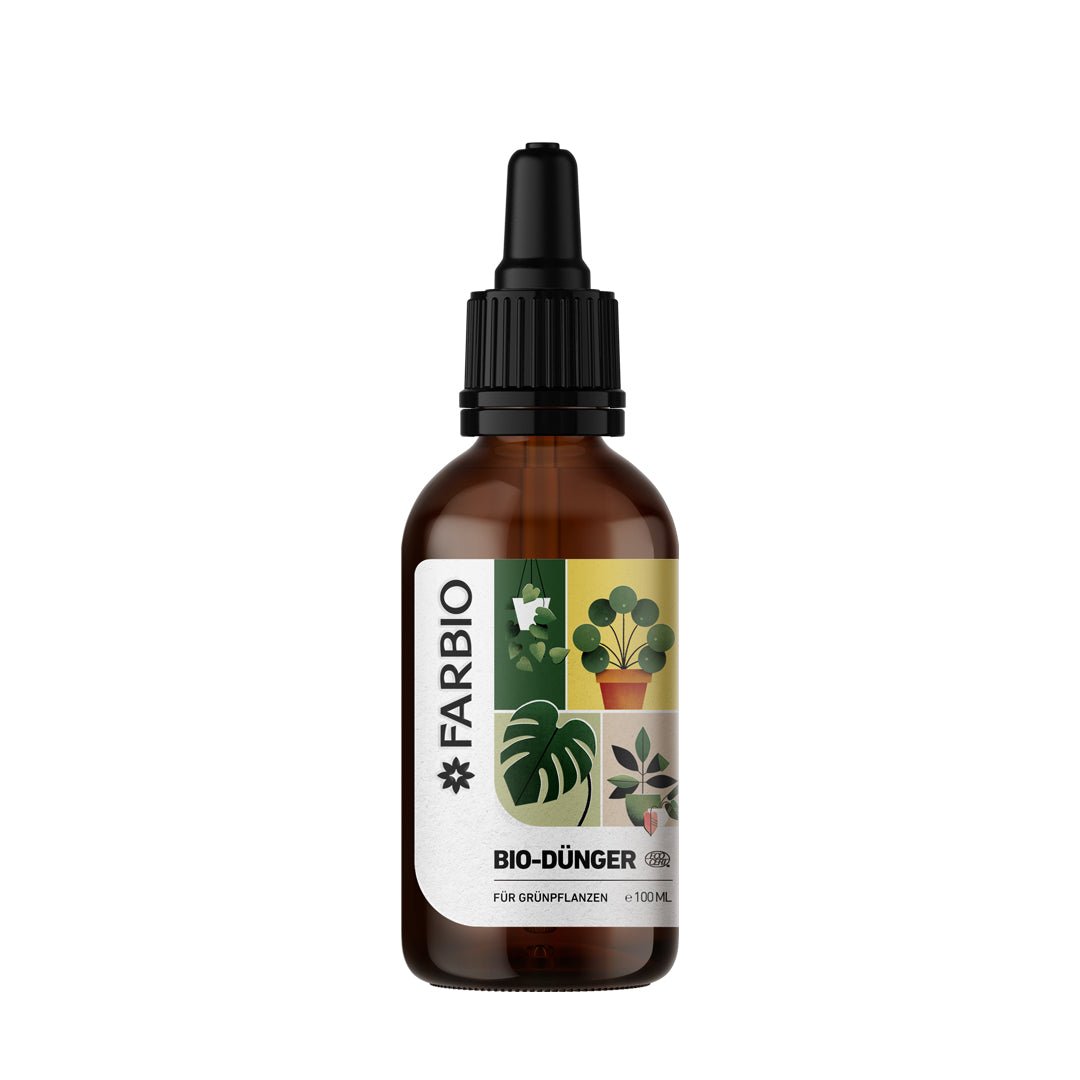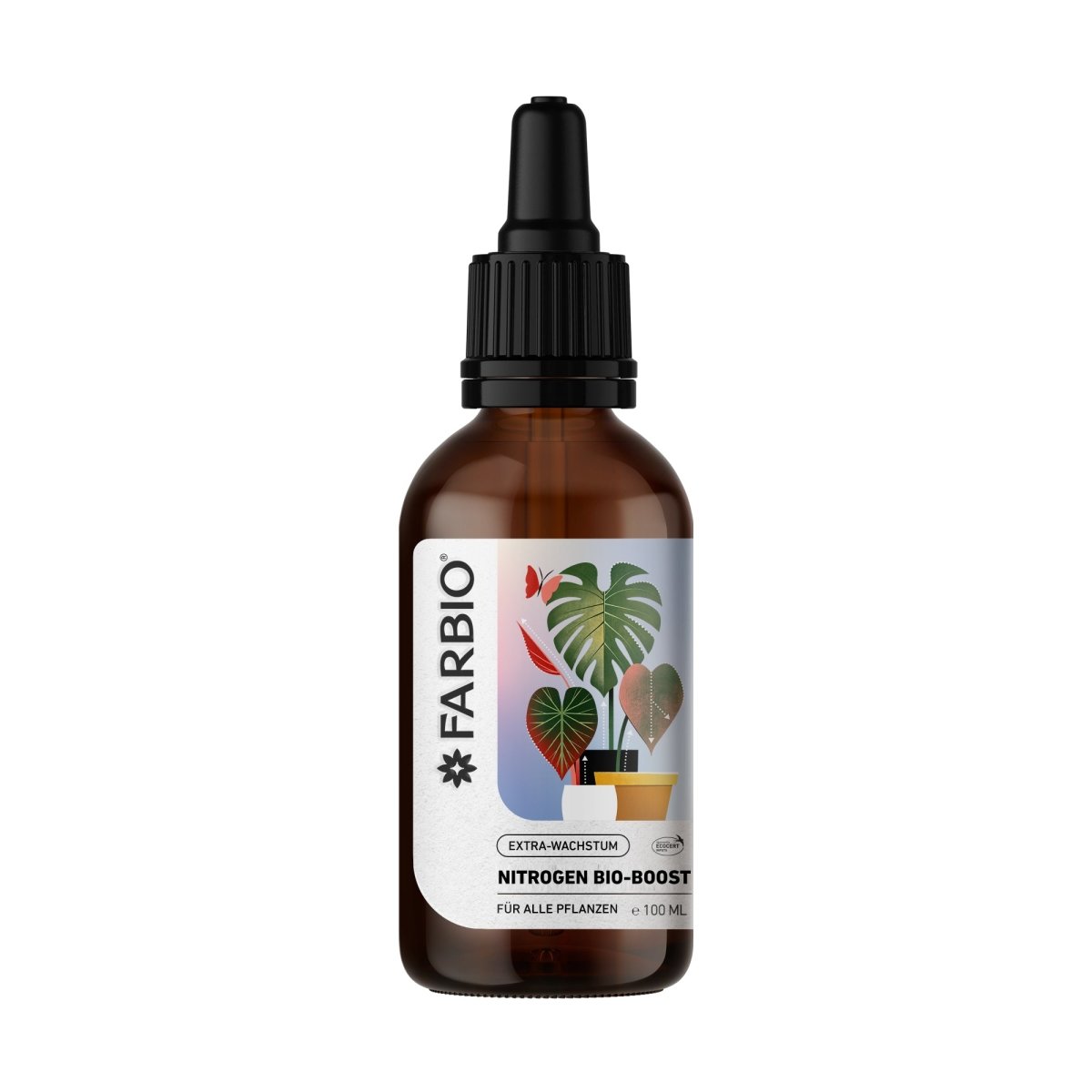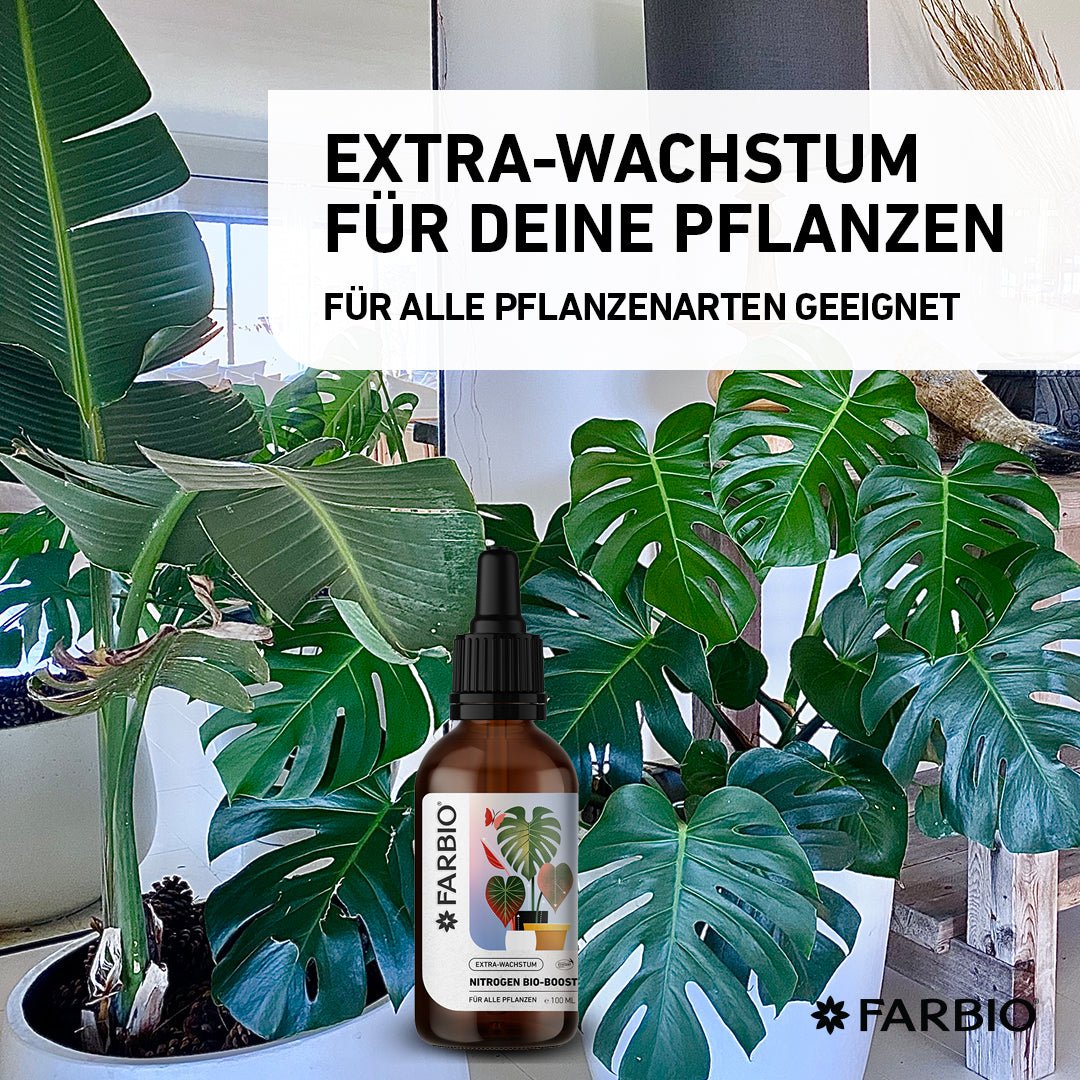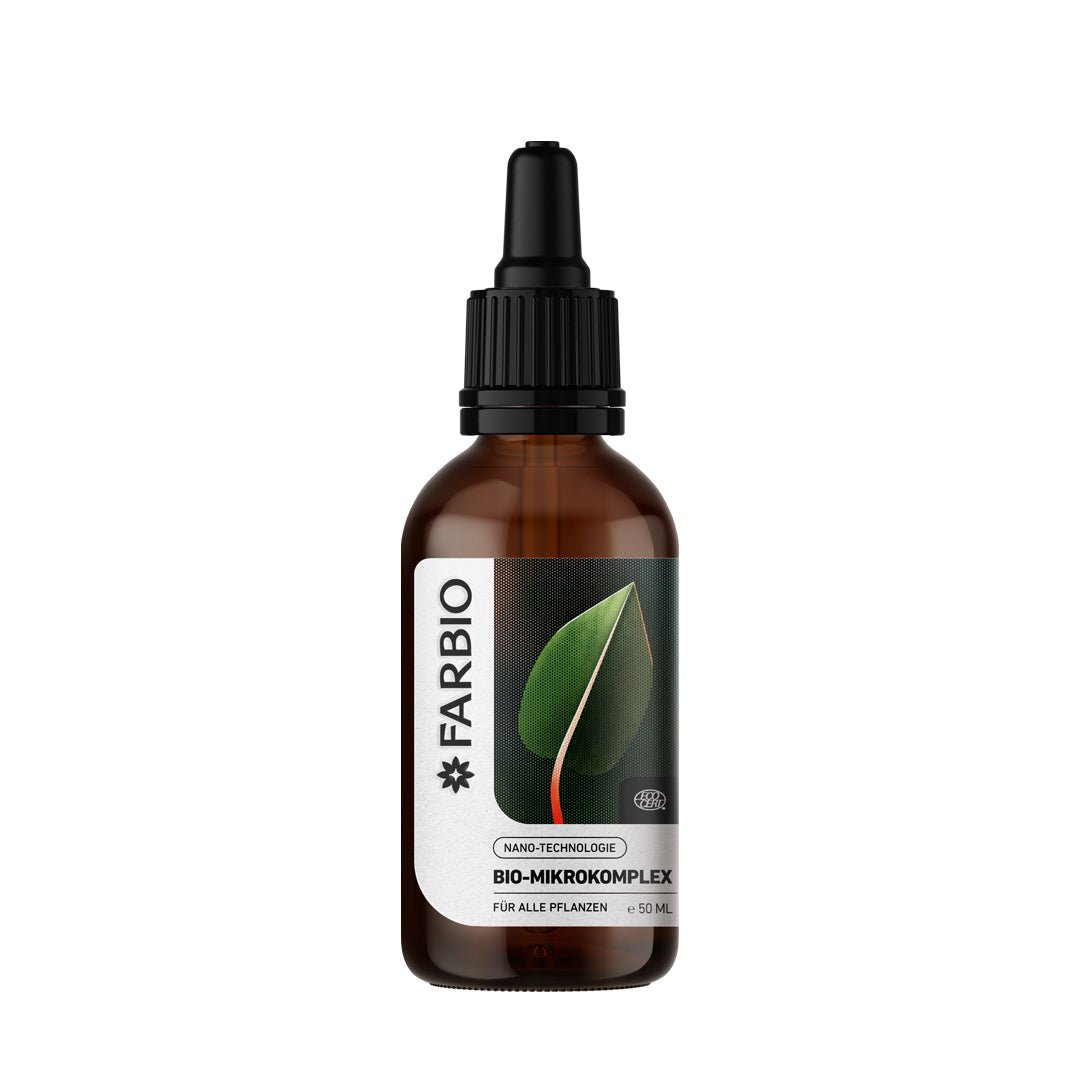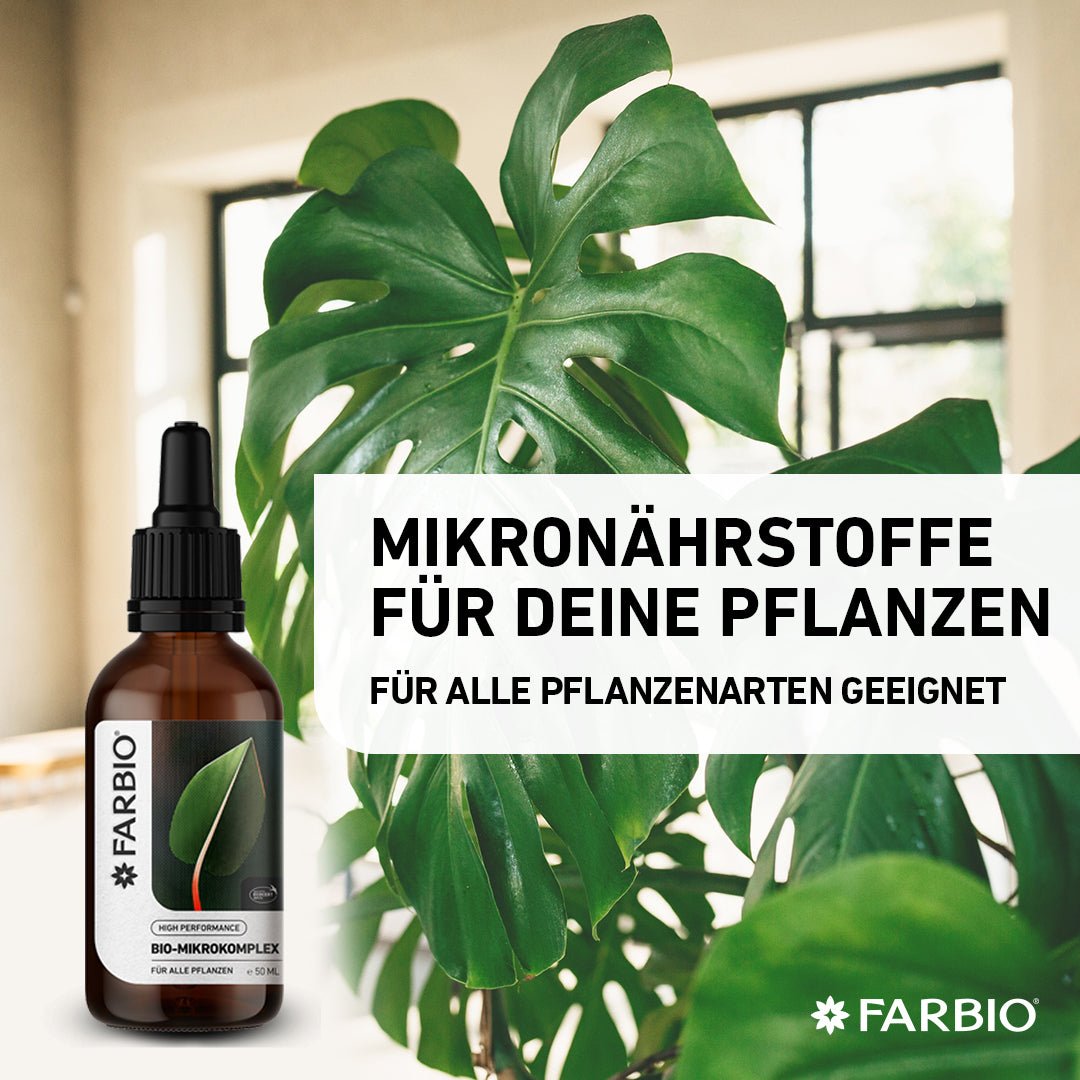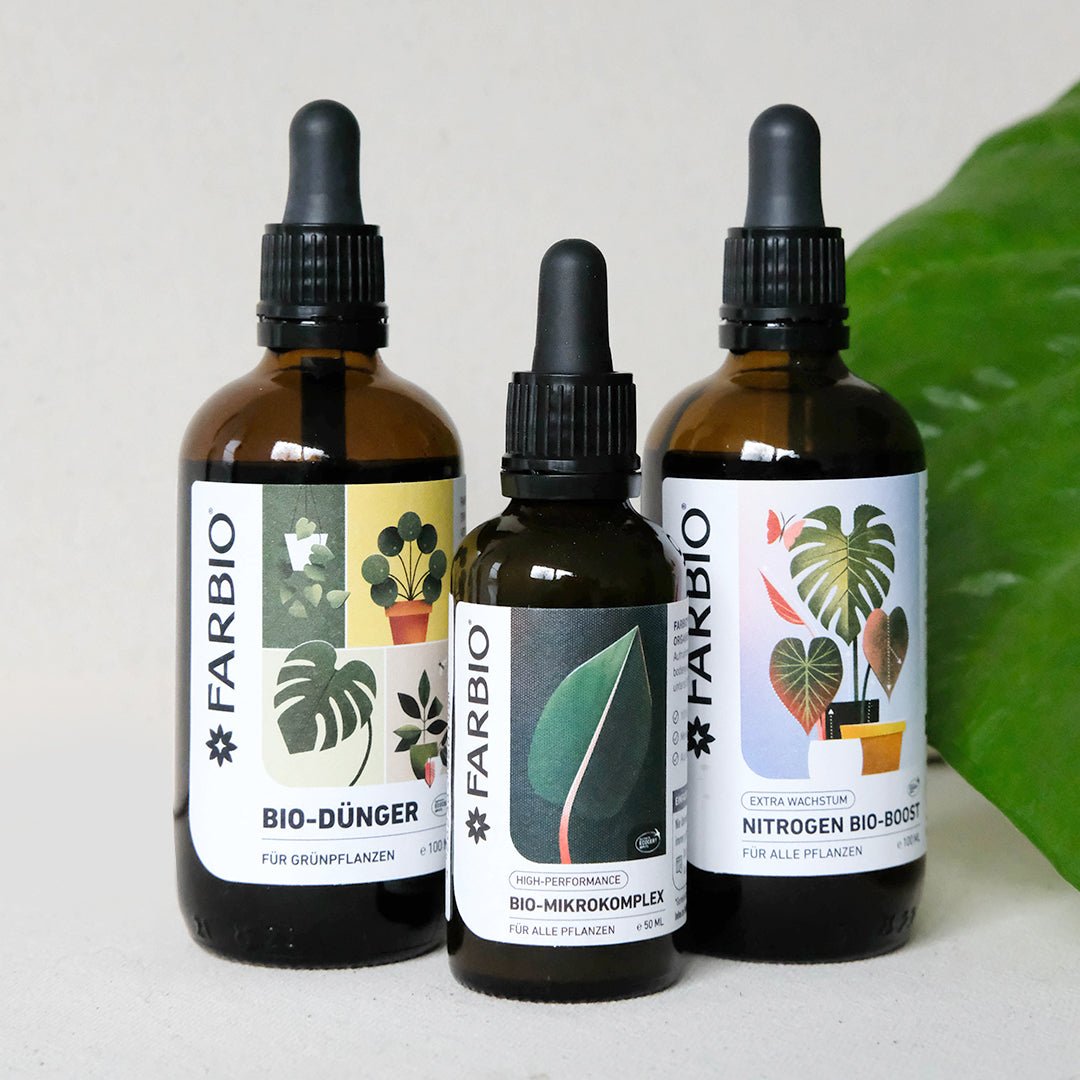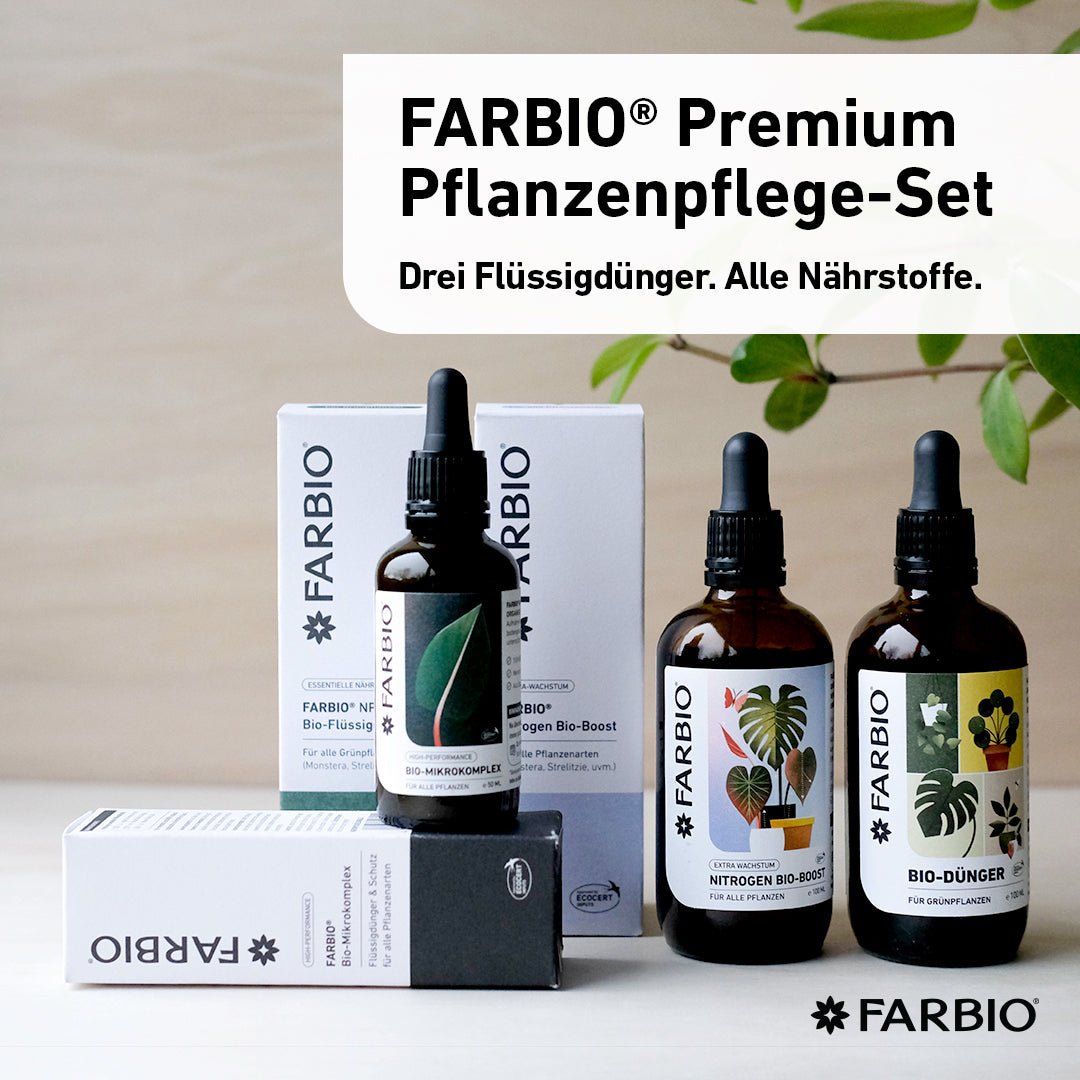Do you want your bathroom to be your personal oasis? Then plants are a must for the ultimate jungle feeling. But which plants are actually suitable for a dark location in the bathroom and which plants thrive in high humidity? Here we introduce you to the best houseplants for the bathroom and give you helpful care tips:
Plants that thrive on low light
Unfortunately, bathrooms with small windows or no windows at all are the norm. And if there is a window, a privacy screen usually has to be installed, which further reduces the incidence of light. But there are also plants that cope well with a shady location and are therefore ideal houseplants for a dark bathroom.
Our first tip: A large plant on the windowsill can serve as a privacy screen and replace window film. In this article you will find out more about Monstera, single leaf, lucky feather and co. as privacy screens on the windowsill.
Bow hemp (Sansevieria)
Bow hemp requires little light, is easy to care for and air purifying. This houseplant has thick, upright leaves that turn light or dark green depending on the intensity of the light.

Ivy plant (Epipremnum aureum)
The ivy is also adaptable and can cope with little light. Its heart-shaped leaves grow on long tendrils. It is therefore ideal for hanging in the bathroom - preferably in a partially shaded place.

Indoor ivy (Hedera helix)
Indoor ivy is versatile and easy to care for. With its heart-shaped leaves it is a real eye-catcher - it is not picky about humidity and light. A bathroom with little light is therefore a suitable location.

Nest fern (Asplenium nidus)
Your own bathroom becomes tropical with a fern. They survive in low light and like high humidity. The leaves are long and curved. In general, this plant is very robust.

Plants that are suitable for bright bathrooms
A light-flooded bathroom with large windows makes choosing houseplants easier - but the increased humidity must still be taken into account. These plants are particularly suitable for a bright bathroom:
Heart leaf plant (Hoya kerrii)
The heart leaf is a decorative bathroom plant that prefers bright, indirect light. A location near a window is therefore a must.

Tillandsia (Tillandsia)
Tillandsias are small, air-purifying plants that don't need soil. Bright, indirect daylight is ideal for the silvery-green houseplants. They absorb water and nutrients from the air - making them perfect plants for the bathroom.

Real aloe (Aloe vera)
Real aloe contains a gel in its leaves that is known for its healing properties. It prefers a bright location. The long-stemmed leaves with spiny edges store water. That's why it hardly needs to be watered.

Care tips for plants in the bathroom
To keep your bathroom plants healthy and happy, you should follow the following care tips:
Optimal placement of plants in the bathroom
Make sure the plants have enough space and place them in the bathroom according to their lighting needs. Plants that require a lot of light should be placed near a window, while plants that tolerate shade should be placed in a darker spot in the bathroom, such as the bathroom. B. can be placed on a shelf. Drafts and direct, warm heating air should always be avoided if possible.
Proper watering of houseplants
Water your plants regularly, but make sure the soil in the pot dries slightly between waterings to avoid root rot. Plants in the bathroom often benefit from the higher humidity in this room - this means they get fewer brown leaf tips.
If your green plant develops brown leaf tips where it is located in the living room or bedroom, move it to the bathroom (if the lighting conditions are right). The high humidity in the bathroom can help and cause your plants to develop unmarked leaves again. Alternatively, the plant can be misted regularly with water using a spray bottle.
Know the light needs of houseplants and find the ideal location
Buying the right houseplant for your bathroom - with high or low light requirements depending on your needs - is the first important step.

If you have little space in the bathroom, you can also hang the plants. Hang pots or baskets of plants from hooks on the wall or shower wall to take advantage of vertical space. Plants like tillandsias or sweetheart plants look particularly beautiful when they hang down from above.
To ensure that the plants receive even light and grow straight, they should be rotated from time to time.

Fertilize bathroom plants
Plants in the bathroom also need a variety of nutrients in order to develop continuously. The main growing season is spring and summer. During this time, you should use a balanced liquid fertilizer for houseplants every one to two weeks. A liquid fertilizer with a high nitrogen content promotes the formation of many large leaves!



